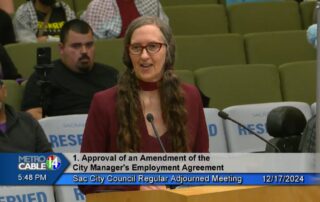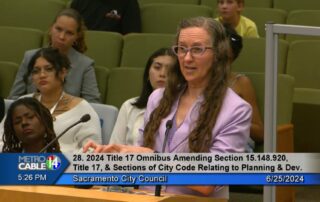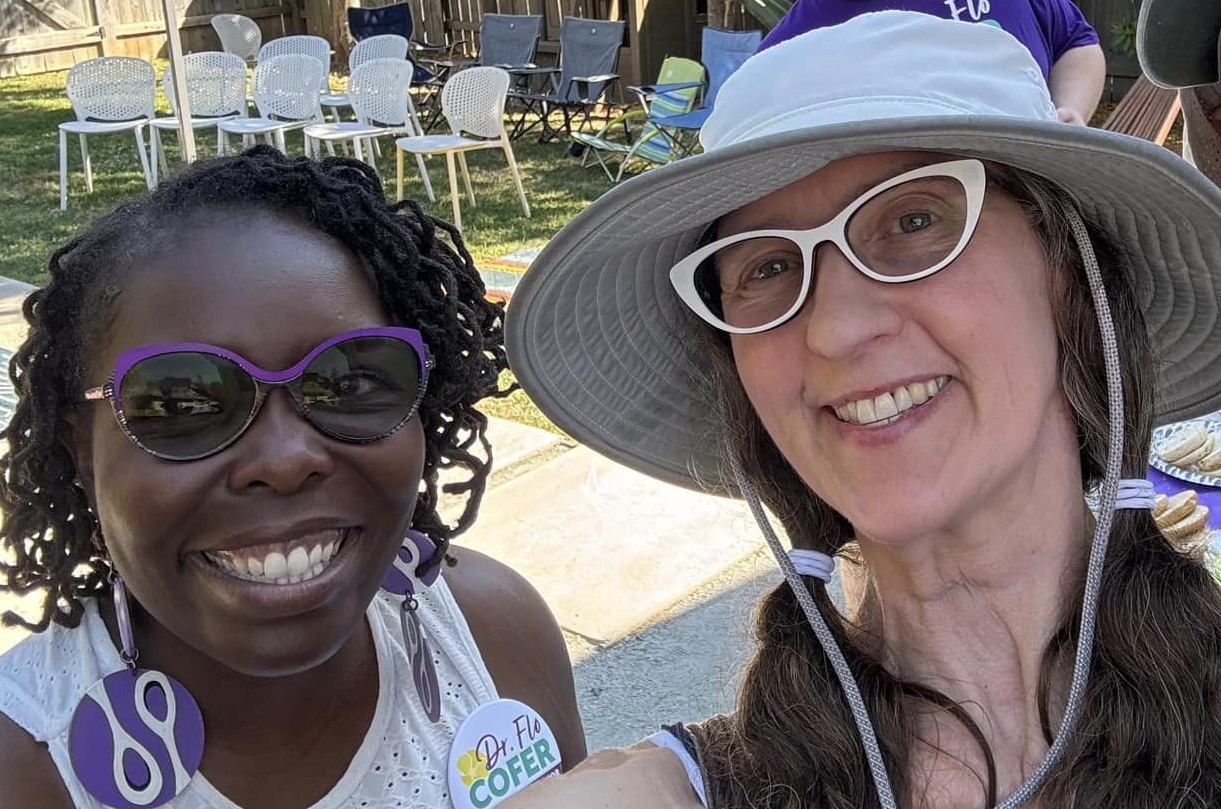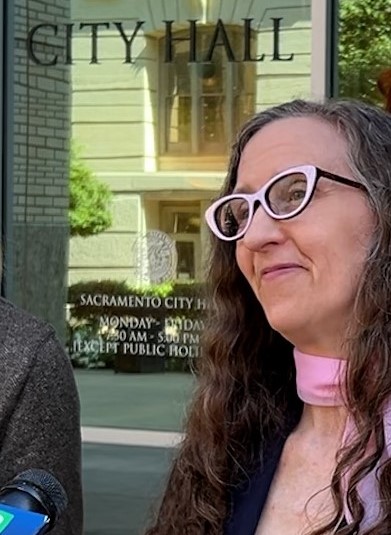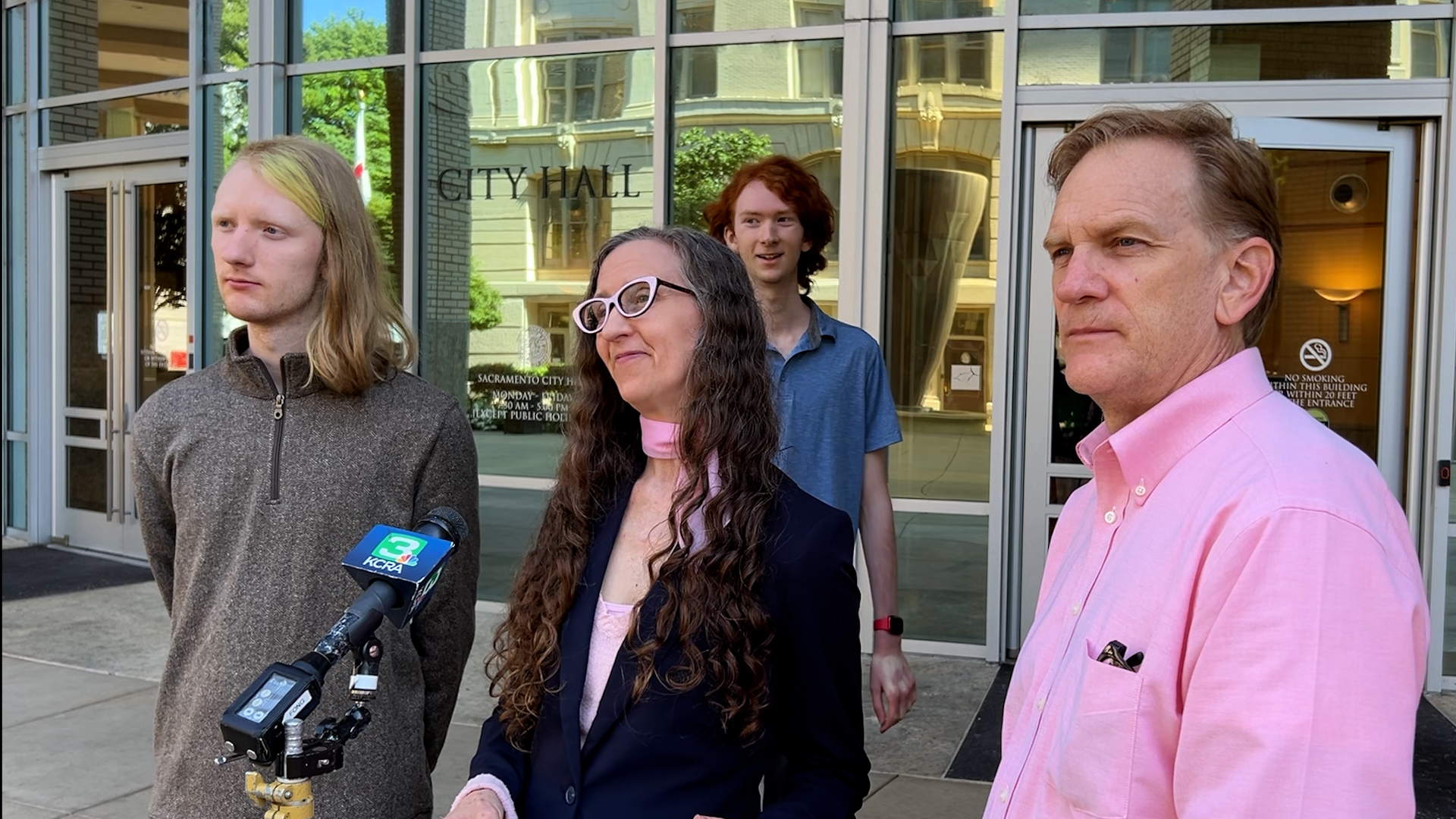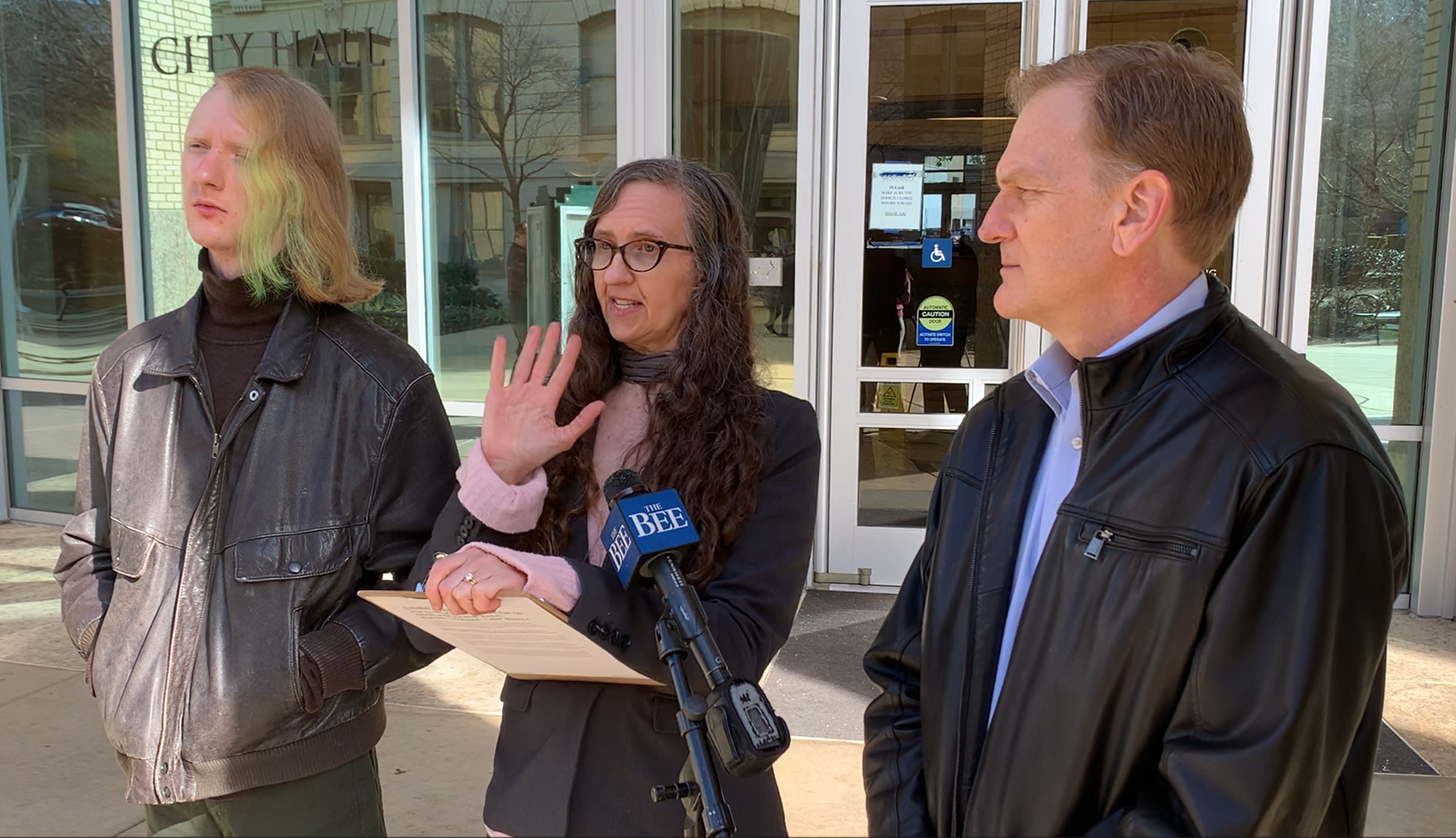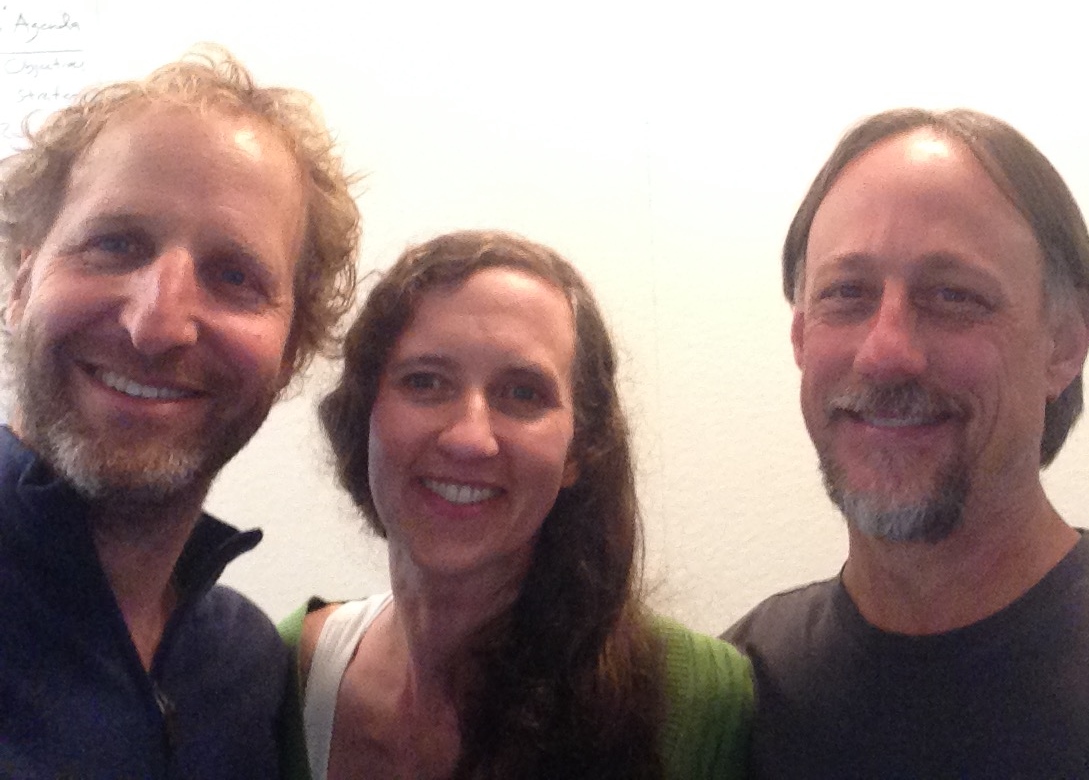A Win for Equity and Fairness in Sacramento with City Manager Chan’s Departure
Attorney Tiffany Clark at the Sacramento City Council’s December[...]
Celebrating My Win for Vulnerable Home Business Owners in Sacramento—Although the City Must Do More
Attorney Tiffany Clark at the Sacramento City Council's June[...]
To Keep the City of Sacramento Solvent and Protect the Little Guy We Need Dr. Flo Cofer as our Next Mayor—Someone Who Can Both Listen and, as Her Opponent Says, ‘Speak Truth to Power’
Canvassing for the incredible Dr. Flo Cofer on October[...]
* CALL TO ACTION * PRESS RELEASE * Sacramento City Council on Recess with No Apparent Plan to Submit a ‘Badly Needed’ Revenue Measure in Time for Fall Election, Attorney Charged Tuesday
If you live in the City of Sacramento, please[...]
***URGENT CALL TO ACTION*** Attorney Who Helped Defeat the City of Sacramento’s Measure C Urges Residents to Again Stand with ‘The Smallest of Small Businesses’ Against New ‘Unfair’ City Proposals
Holding a press conference on May 14, 2024 in[...]
I helped defeat a City of Sacramento ballot measure that was unfair to the smallest of small businesses
Holding a press conference about Measure C on February[...]
Where Have I Been and What’s Next?
Speaking to CA legislature at a public hearing.[...]
How I Helped Protect Homeschooling in California
Speaking to CA legislature at a public hearing[...]
Update to 2015 Plans
First published March 6, 2015 Since writing my last blog[...]
The Importance of Legal Compliance – NLRBE-Like Intentional Community Ideas from Five Day Course (Post 2 of 4)
This is a post covering what I recently learned[...]
2014 in Review and Plans for 2015
First published January 21, 2015 2014 was a busy year[...]
NLRBE-Like Intentional Community Quest – Destination Missouri
First published October 26, 2014 My family and I are[...]
NLRBE & Libertarianism (Post 3 of 3) – Competition, Cooperation, Evolution, More on Morality, and Conclusion
Published August 30, 2014 This is the third and final[...]
NLRBE & Libertarianism (Post 2 of 3) – Property Rights, Morality, and Government Enforcement
Published August 30, 2014 This is the second post, in[...]
NLRBE & Libertarianism (Post 1 of 3) – Introduction, Sustainability, and Decentralization
Published August 30, 2014 The series questions some assumptions underlying[...]
Upcoming: Posts re Libertarianism and Our Many Visits to Intentional Communities
Published July 31, 2014 The very next thing you will[...]
Nonprofit Egalitarian Communities? Some Initial Thoughts.
Published June 27, 2014 Playfully working and communing at[...]
Dear NLRBE Diary: Living Gift Economy and NLRBE Principles
Published March 28, 2014 Hello everyone! Here is my first[...]
Introducing The “Natural Law/Resource-Based Economy” (or “NLRBE”) Model
Published January 7, 2014 I'm now more excited about the[...]
What Do I Mean by “Resource-Based Economy” (or “RBE”)?
What do I mean by "resource-based economy" (RBE)? I[...]
What I’ll Delve Into Next . . .
Published September 30, 2013 Where am I going to[...]
Choosing A Legal Structure for Your Egalitarian Community (or Hybrid RBE Community)
Published September 17, 2013 The 8 minute video above[...]
Join me at Twin Oaks Communities Conference?
DISCLAIMER: On this website and in my blog posts,[...]
Gift Economy or Resource Based Economy = Attachment Economy?
DISCLAIMER: On this website and in my blog posts,[...]
“Moment-in-Time” Blog Posts?
DISCLAIMER: On this website and in my blog posts,[...]
Honor Aaron Swartz with Open Access
Post edited most recently on May 7, 2013 DISCLAIMER:[...]
Why a “Sharing Law” Practice?
Post edited most recently on May 7, 2013 DISCLAIMER:[...]

